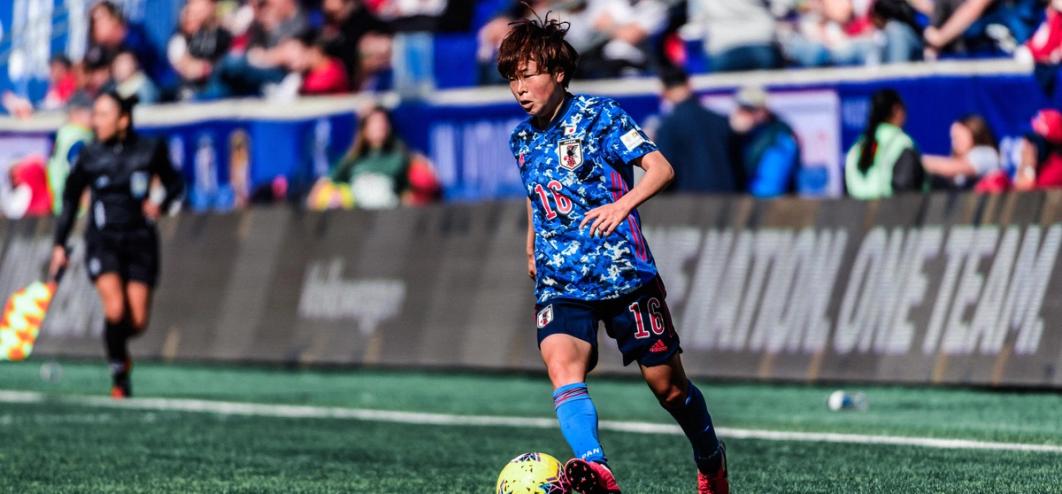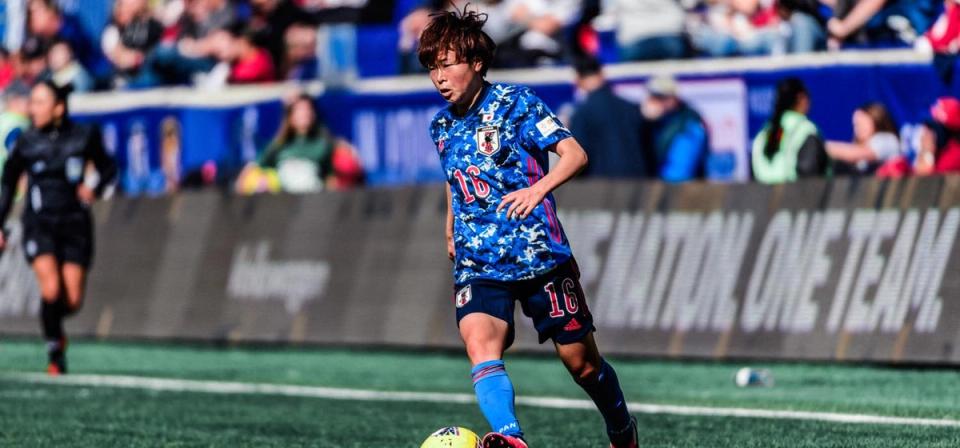The USA will renew its long-time rivalry with Japan in the final match of the 2020 SheBelieves Cup. This will be the fifth meeting since the historic 2015 Women’s World Cup Final and few of the Japanese players remain on the roster from that game as Japan has re-tooled its team with a focus on winning a medal at the Olympics this summer in Tokyo. The most recent meeting between the teams came at last year’s SheBelieves Cup, a back-and-forth 2-2 draw in which the USA twice had leads only for Japan to equalize, the second one coming in second half stoppage time.
Here are Five Things to Know about the USA’s third and final opponent in this elite four-team competition:
LINKED IN HISTORY
The USA and Japan have a rich history dating back to 1986, the second year of the USWNT program, but of course it’s the more recent meetings that have forever linked these two countries in women’s soccer history. While the streak ended at the 2016 Olympics, the USA and Japan met in the three previous world finals, with the USA losing the 2011 Women’s World Cup in penalty kicks after a 2-2 tie over regulation and overtime, then winning the 2012 Olympic goal medal game, 2-1, and the historic 2015 Women’s World Cup Final, 5-2. Of course, the 2015 meeting featured the epic hat trick in 16 minutes from Carli Lloyd and included goals from Lauren Holiday and Tobin Heath.
HOSTING THE WORLD
As host, Japan gained an automatic berth into the 2020 Olympics. The 2020 Olympic Women’s Soccer Tournament will be held from July 22 to August 8 at seven venues in six cities. The Olympic host city of Tokyo features two stadiums while matches will also be played in Kashima, Saitama, Sapporo, Sendai and Yokohama. The Olympic Draw is scheduled for April 20 in Tokyo. As host, Japan will be one of the favorites, despite its struggles in the first two games of the SheBelieves Cup.
FORMER PLAYER ASAKO TAKAKURA LOOKS TO LEAD JAPAN BACK TO THE ELITE
Following its failure to qualify for the 2016 Olympics, Japan fell from fourth in the world to seventh (and is now 10th), and long-time head coach Norio Sasaki, who led Japan to its greatest triumphs, including three straight world finals, stepped aside. Asako Takakura, who is one of the pioneers of Japan women’s soccer, was appointed as the first female coach of Japan’s senior Women’s National Team on April 27, 2016. The four-time Asian Women’s Coach of the Year made her national team debut at the age of 16 and was a midfielder in her playing days. She earned 79 caps for Japan while scoring 30 goals. She played in the 1991 and 1995 World Cups, as well as the 1996 Olympics. She has been an integral part of the Japanese coaching infrastructure for years, having coached every age group from Under-13 upwards. She led Japan to the 2014 Under-17 Women’s World Cup title and the 2015 Asian U-19 Championship while also serving on the FIFA technical study group at the 2015 FIFA Women’s World Cup. She also coached Japan to third place at the FIFA U-20 Women’s World Cup in Papua New Guinea, defeating the USA 1-0 in the bronze medal game.
U-20 CHAMPS MAKING AN IMPACT, BUT VETERANS STILL LEAD
Japan has four players on its roster from the team that won the 2018 FIFA U-20 Women’s World Cup in France in defenders Moeka Minami (11 caps/0 goals) and Asato Miyagawa (11/0), midfielder Jun Endo (14/0) and forward Riko Ueki (4/0). Japan has rebuilt its team and features many younger players with a strong focus on winning a medal at the 2020 Olympics in Tokyo, but the core of the roster still features some vastly experienced players. Midfielder Emi Nakajima (80/14) and forwards Mana Iwabuchi (71/28) and Yuika Sugasawa (70/20) lead the attack while the defense is anchored by Saki Kumagai (111/1), who plays for UEFA Champions League title holders Olympique Lyonnais and is the only play on the roster playing outside of Japan as Japan has a strong and engaged domestic league.
MANA, WHAT A GOAL
The potential goal of the tournament might be Mana Iwabuchi’s wildly creative score on the cusp of halftime against Spain in the first game of the tournament in Orlando, Fla. Iwabuchi, one of the smallest players in the tournament at 5-foot-1, came up huge as she drifted under Risa Shimizu’s cross from deep on the right wing. Timing her run perfectly to get to the falling ball, she slid at the top of the penalty box and hit an unusual-yet-spectacular full volley that looped over Spain goalkeeper Lola Gallardo and into the net from 18 yards out.






